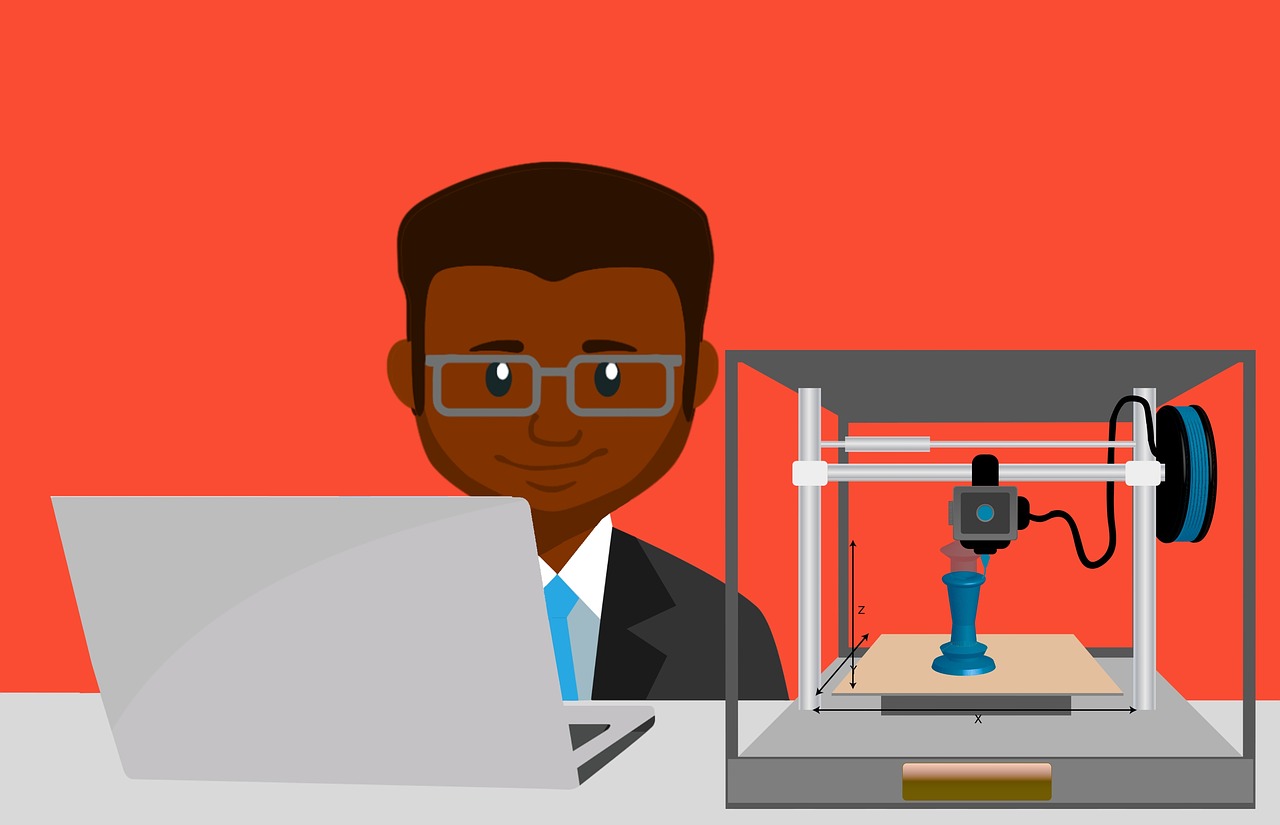
22 Jun COMMERCIAL PRINTING GETS AN UPGRADE: NEW TRENDS AND BUSINESS INNOVATIONS
Thought about the future of commercial printing yet? If not, there’s no better time than the present. After all, like 3D printing and home printers, it’s a field that continues to ebb and flow, and change and evolve, with each passing year. I realize: The future of commercial printing isn’t necessarily something that’s always top of mind for folks in different fields. But perhaps it should be, noting how many different industries that the business actually touches upon.
In any event, take note: One of the most biggest recent developments in the commercial printing industry is digitalization. Put simply, digital printing has transformed the industry, allowing for faster turnaround times, lower costs, and greater flexibility. The process effectively eliminates the need for traditional printing plates, enabling businesses to print smaller runs and customize products for specific customers or market segments. But it also bears noting that advancements in digital technologies are allowing for more efficient and streamlined production processes as well. For example, digital workflow management software can help automate tasks such as file preparation, proofing, and color management. This not only saves time but also reduces the risk of errors and improves quality control.
We also often point out how automation is shaping the future of commercial printing. The use of solutions like robotics and artificial intelligence is basically enabling businesses to streamline production processes, reduce costs, and improve efficiency on a variety of fronts. One example of automation in the commercial printing industry is the use of robotic printing systems. These systems use robotic arms to handle and position sheets of paper, enabling businesses to print larger volumes with minimal manual labor. Such solutions can also improve accuracy and consistency, leading to higher quality products.
As you might have guessed, artificial intelligence (AI) is another area where automation is making an impact. In essence, AI can be used to automate tasks such as image editing, color correction, and layout design. By leveraging smart technology, businesses can significantly reduce the time and labor required for these tasks while improving accuracy and quality.
Then again, personalization is also becoming increasingly important in the commercial printing industry. Advances in digital printing technology have made it easier and more cost-effective for businesses to offer customized products to their clients. Personalized products can increase customer engagement, loyalty, and satisfaction, leading to increased revenue and profitability.
As a simple illustration of personalized printing, consider the practice of variable data printing (VDP), which allows businesses to customize each printed piece with unique text, images, or other content. This enables businesses to tailor marketing messages to specific customers or market segments, resulting in more effective and targeted marketing campaigns.
Another area of personalization in commercial printing is the use of web-to-print technologies. Web-to-print solutions make it possible for customers to design and order printed products online, with tailored options such as text, images, and layout. This not only provides customers with greater control over their printed products but also streamlines the production process and reduces costs for businesses.



